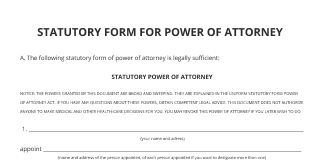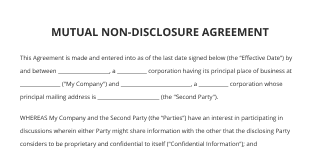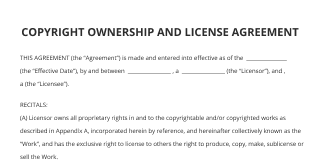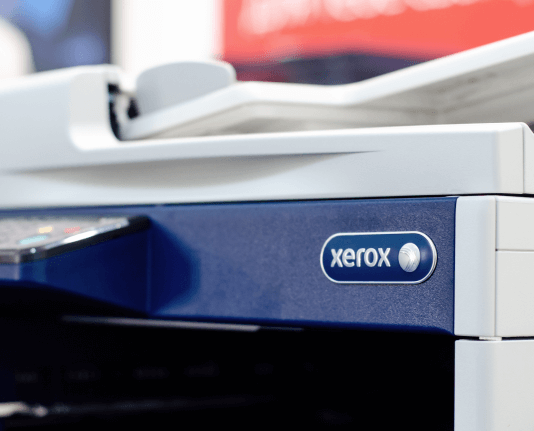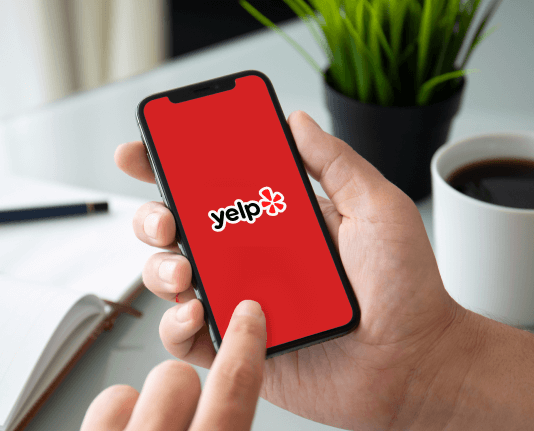Explore common customer relationship management systems with airSlate SignNow
See how it works!Click here to sign a sample doc
airSlate SignNow solutions for better efficiency
Keep contracts protected
Enhance your document security and keep contracts safe from unauthorized access with dual-factor authentication options. Ask your recipients to prove their identity before opening a contract to common customer relationship management systems.
Stay mobile while eSigning
Install the airSlate SignNow app on your iOS or Android device and close deals from anywhere, 24/7. Work with forms and contracts even offline and common customer relationship management systems later when your internet connection is restored.
Integrate eSignatures into your business apps
Incorporate airSlate SignNow into your business applications to quickly common customer relationship management systems without switching between windows and tabs. Benefit from airSlate SignNow integrations to save time and effort while eSigning forms in just a few clicks.
Generate fillable forms with smart fields
Update any document with fillable fields, make them required or optional, or add conditions for them to appear. Make sure signers complete your form correctly by assigning roles to fields.
Close deals and get paid promptly
Collect documents from clients and partners in minutes instead of weeks. Ask your signers to common customer relationship management systems and include a charge request field to your sample to automatically collect payments during the contract signing.
Collect signatures
24x
faster
Reduce costs by
$30
per document
Save up to
40h
per employee / month
Our user reviews speak for themselves






be ready to get more
Why choose airSlate SignNow
-
Free 7-day trial. Choose the plan you need and try it risk-free.
-
Honest pricing for full-featured plans. airSlate SignNow offers subscription plans with no overages or hidden fees at renewal.
-
Enterprise-grade security. airSlate SignNow helps you comply with global security standards.

Your step-by-step guide — common customer relationship management systems
Maximize your use of common customer relationship management systems with airSlate SignNow by following these steps
- Open your preferred web browser and navigate to the airSlate SignNow website.
- Either create an account for a free trial or log in to your existing account.
- Select a document that requires a signature and upload it to the platform.
- To utilize your document in the future, save it as a template for easy access.
- Edit your document as necessary, adding fillable fields or other information to customize it.
- Add your signature and designate fields for recipients to sign.
- Proceed by clicking 'Continue' to finalize settings and send an eSignature request.
The benefits of airSlate SignNow are clear: it provides an impressive return on investment with a comprehensive feature set relative to its cost. It is designed to be user-friendly and scalable, making it ideal for small to mid-sized businesses.
With transparent pricing, there are no unexpected fees or charges, and customers can enjoy premium support around the clock with all paid plans. Start transforming your document workflows and empower your business with airSlate SignNow today!
How it works
Create your account
Upload and prepare documents
Send for signatures
airSlate SignNow features that users love
be ready to get more
Get legally-binding signatures now!
FAQs
-
What are the 4 types of CRM?
The 4 types of CRM Operational CRM. Operational CRMs focus on automating and streamlining a company's processes for customer relationships. ... Analytical CRM. Analytical CRMs collect and analyze customer data and offer data-driven insights. ... Collaborative CRM. ... Strategic CRM. -
What are the 4 components of CRM?
These four components—Customer Data Management, Customer Interaction Management, Sales and Marketing Automation, and Customer Support and Service—are integral to any successful CRM system. -
What are the 4 types of CRM systems?
There are four types of CRM systems—operational, analytical, collaborative, and strategic—designed to support sales teams that can drive better customer experiences. The right customer relationship management (CRM) system can give you an edge in delivering stellar customer experiences (CX) and closing more deals. -
What are the 5 levels of CRM?
The CRM cycle consists of five key stages: reaching a potential customer, customer acquisition, conversion, customer retention, and customer loyalty, which are crucial for keeping every customer interaction personalized and meaningful. -
What is the most commonly used CRM?
Salesforce As the world's most widely adopted CRM platform, Salesforce offers a comprehensive suite of tools for sales, service and marketing. -
What are the three common CRM models?
In this article, we'll walk through the three core types of CRM - analytical, operational, and collaborative - and explore what each does best. You'll see how they differ, where they overlap, and why more companies are turning to unified platforms like SuperOffice that combine all three into a single system. -
What are the 4 pillars of CRM?
To ensure that you implement your CRM well, you need to take into consideration the 4 pillars of CRMs: people, strategy, processes, and technology. Each one of these pillars is crucial to ensure that your CRM delivers what you need to help grow your business.
What active users are saying — common customer relationship management systems
Related searches to Explore common customer relationship management systems with airSlate SignNow
Common customer relationship management systems examples
Most common customer relationship management systems
CRM software examples
Top 10 CRM software
CRM meaning
Top 50 CRM software
Zoho CRM
CRM tools list
Frequently asked questions
What are the common customer relationship management systems available today?
Common customer relationship management systems include popular options like Salesforce, HubSpot, and Zoho CRM. These platforms help businesses manage customer interactions, streamline processes, and enhance customer satisfaction. Choosing the right system depends on your specific needs and budget.
What features should I look for in common customer relationship management systems?
When evaluating common customer relationship management systems, consider features such as contact management, lead tracking, reporting tools, and integration capabilities. Additionally, look for user-friendly interfaces and customization options to ensure the system aligns with your business processes. These features will help you effectively manage customer relationships.
How can common customer relationship management systems benefit my business?
Implementing common customer relationship management systems can significantly improve your business operations by enhancing communication and collaboration. They provide valuable insights into customer behavior and preferences. Ultimately, these systems help increase sales and customer retention, driving overall business growth.
Are common customer relationship management systems scalable for growing businesses?
Yes, common customer relationship management systems are designed to be scalable, making them suitable for both small and large businesses. As your business grows, these systems can easily adapt to increasing data volumes and user demands. This flexibility ensures that you continue to leverage the benefits as your needs evolve.
What is the pricing model for common customer relationship management systems?
Pricing for common customer relationship management systems varies widely based on features, number of users, and customization options. Many systems offer tiered pricing plans to accommodate different budgets, ranging from free basic versions to premium subscriptions. It’s important to choose a plan that aligns with your business goals and budget constraints.
Can common customer relationship management systems integrate with other tools?
Absolutely! Many common customer relationship management systems offer robust integration capabilities with various tools such as email marketing software, accounting applications, and productivity platforms. These integrations help streamline workflows, reduce manual data entry, and improve overall efficiency across your organization.
How long does it take to implement common customer relationship management systems?
The implementation timeline for common customer relationship management systems can vary based on the complexity of the system and your business needs. Typically, a basic setup can take a few days to a couple of weeks, while more comprehensive implementations may require additional time for customization and training. Planning and coordination are key to ensuring a smooth transition.
What support options are available for users of common customer relationship management systems?
Most common customer relationship management systems offer a range of support options, including online resources, user manuals, and customer service. Additionally, some systems provide dedicated account managers or technical support teams to assist with any issues. This support ensures that users can make the most out of their CRM system.




